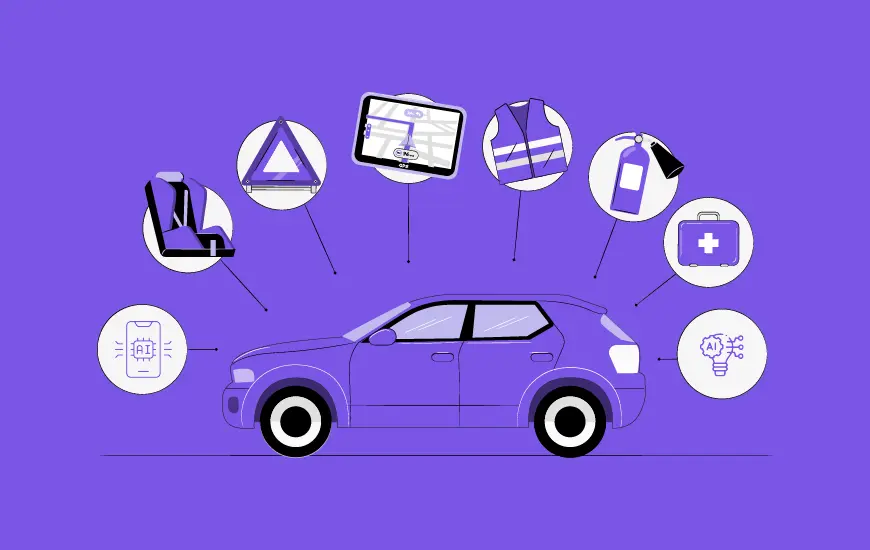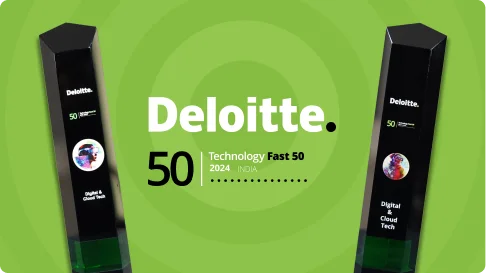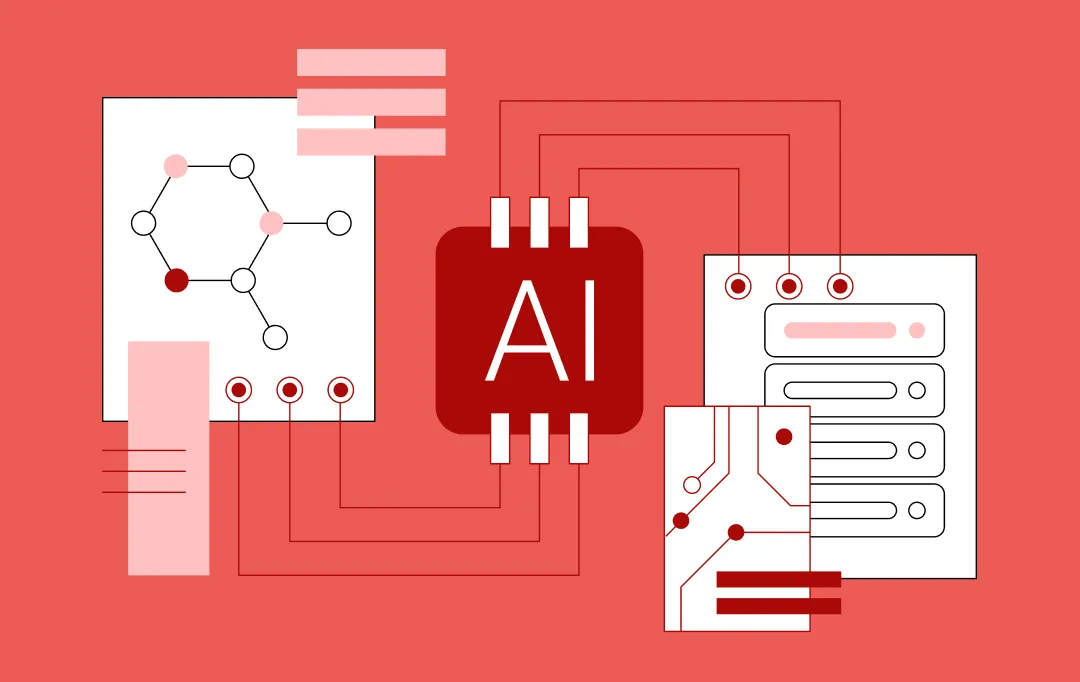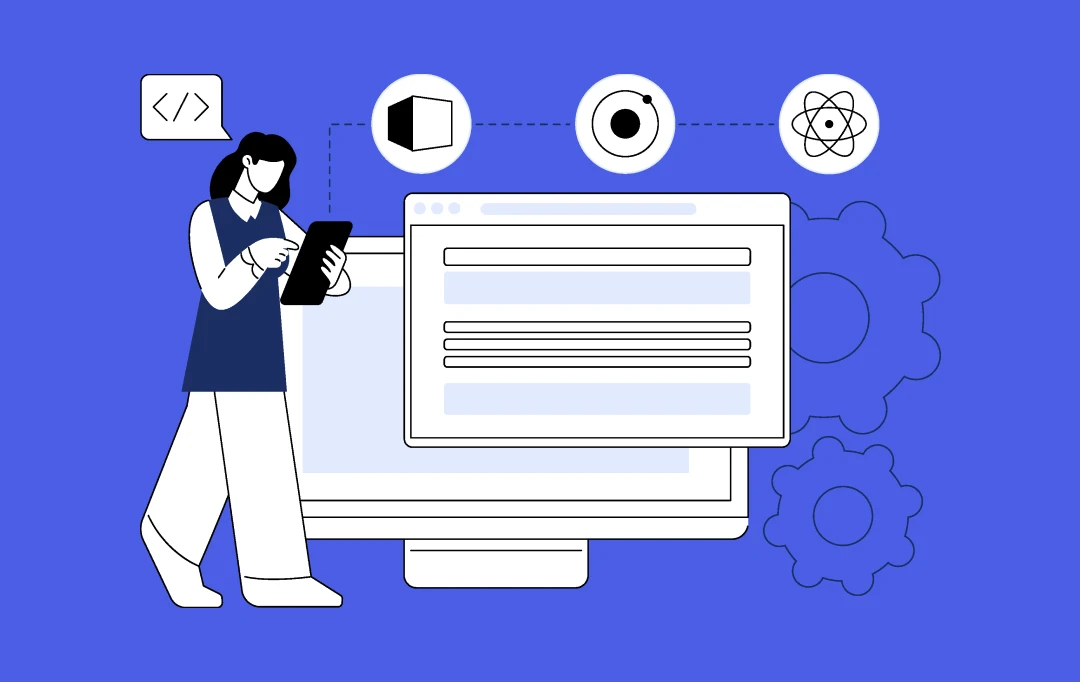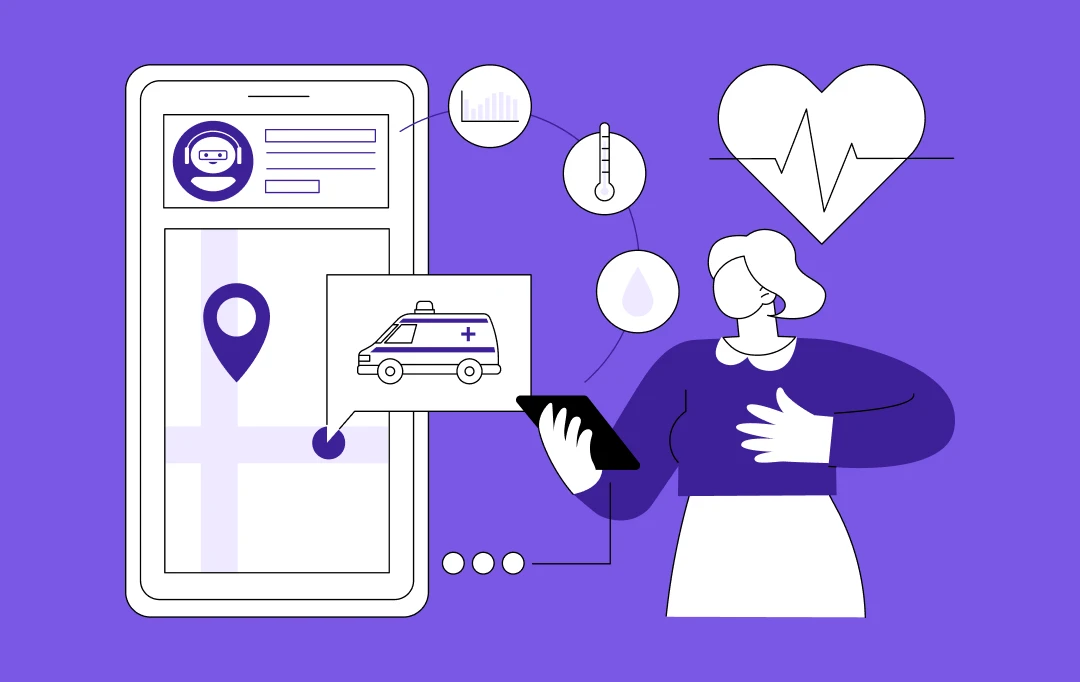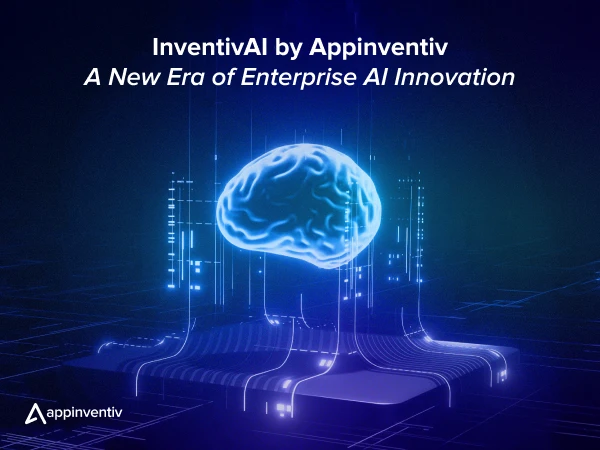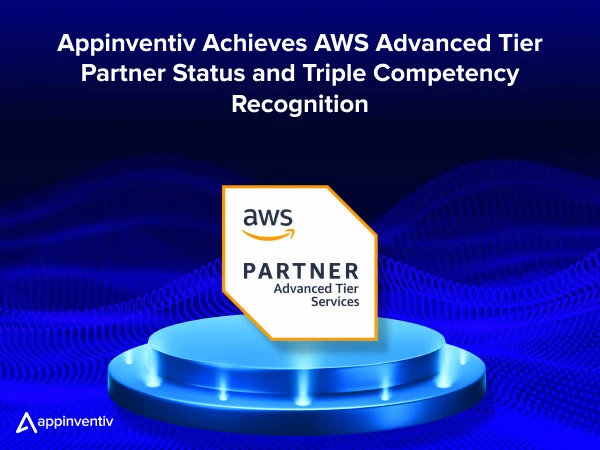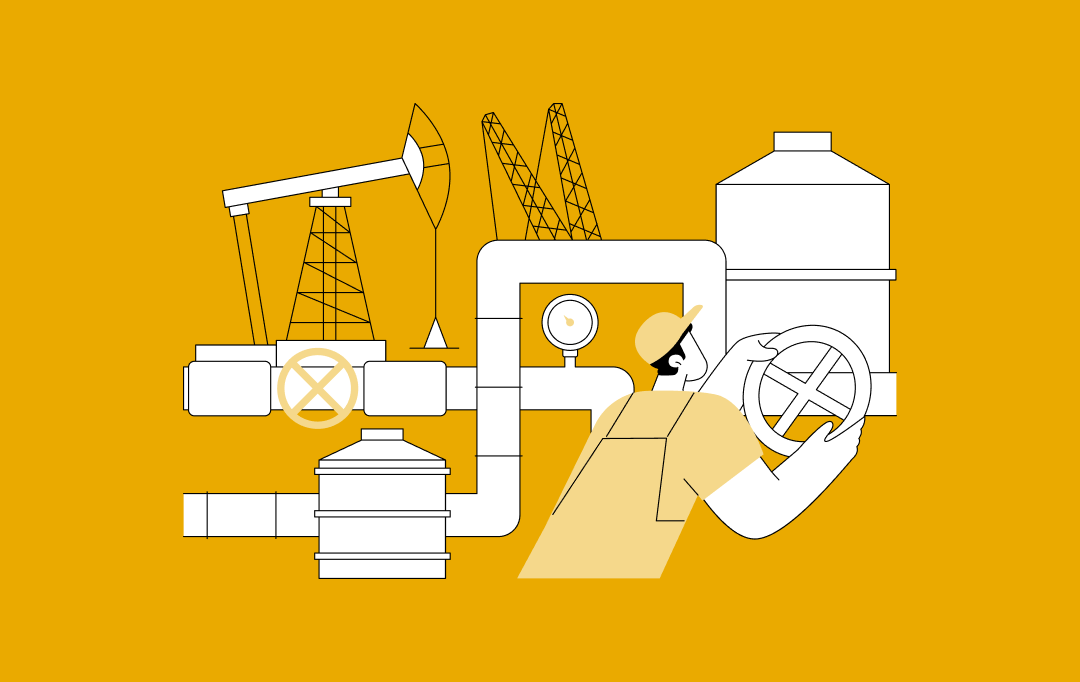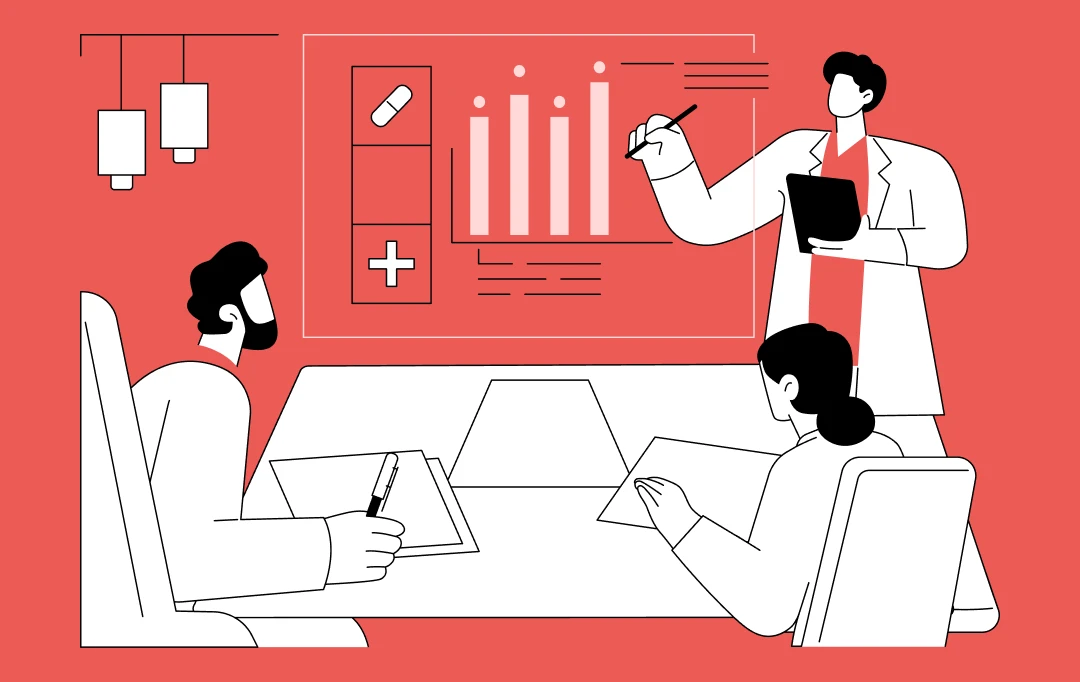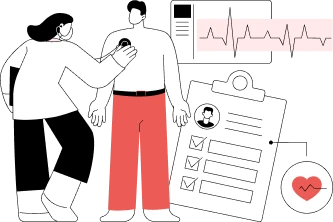- Transforming Healthcare: How Patient Analytics is Shaping Smarter, Predictive, and Personalized Care
- 1. Personalizing Treatment Plans Through Predictive Analytics
- 2. Enhancing Clinical Decision Support with Data Insights
- 3. Improving Patient Engagement with Data-Driven Insights
- 4. Early Detection and Prevention Using Analytics Tools
- 5. Optimizing Operational Efficiency Through Analytics
- 6. Streamlining Population Health Management with Analytics
- 7. Enhancing Remote Patient Monitoring and Telehealth Services
- 8. Reducing Readmission Rates Using Analytics Insights
- 9. Driving Evidence-Based Medicine Through Data Insights
- 10. Ensuring Data Security and Compliance in Patient Analytics
- Challenges in Patient Analytics: Overcoming Hurdles for a Smarter Future
- Data Privacy and Security Concerns
- Data Silos and Integration Issues
- Data Quality and Standardization
- Adoption Resistance Among Healthcare Professionals
- Cost of Implementation
- The Future of Patient Analytics for Healthcare Providers: Innovations and Emerging Trends
- AI and Machine Learning in Predictive Analytics
- Real-Time Analytics and Wearable Technology
- Integration of Genomic Data with Patient Analytics
- Blockchain for Data Security and Transparency
- Patient-Centric Analytics Platforms
- Interoperability Across Healthcare Systems
- Why Appinventiv is the Ideal Partner for Leveraging Patient Analytics in Healthcare
- FAQs
Imagine a world where doctors don’t just react to health crises, but predict and prevent them before they happen. This is the reality with patient analytics for healthcare providers. The healthcare industry is no longer limited to treating symptoms—it’s now about understanding patterns, making smarter decisions, and delivering care that’s truly personalized. And it’s not some distant future; it’s happening right now, with the global healthcare analytics market set to soar to $167.0 billion by 2030 (Grand View Research).
Why does this matter? Because patient analytics in healthcare is revolutionizing the way care is delivered. From hospitals harnessing data-driven patient analytics to predict life-threatening complications in real-time to cutting millions of dollars in operational costs, analytics is flipping the script on traditional care models.
And, what does this mean for healthcare providers? The power to enhance patient care, reduce errors, and optimize workflows all through smart, actionable data. This is not about throwing more technology at the problem; it’s about using patient data analytics strategically to truly transform patient outcomes and streamline healthcare operations.
In this blog, we’ll take you through 10 impactful ways healthcare providers are leveraging patient analytics to reshape care plans and boost outcomes. Let’s explore how these insights are helping providers stay ahead of the curve and offer the level of care that patients deserve—and how patient analytics solutions can be the key to driving that change.
Looking to transform healthcare with data-driven insights? Let us help you harness the power of patient analytics to streamline operations, boost patient outcomes, and optimize care plans with cutting-edge, data-driven solutions.
Transforming Healthcare: How Patient Analytics is Shaping Smarter, Predictive, and Personalized Care
As healthcare continues to adopt more technology-driven strategies, patient analytics in healthcare has proven itself to be a critical tool in improving both the quality of care and operational efficiency. Below, we’ll walk through 10 impactful ways patient analytics solutions are changing the game.

1. Personalizing Treatment Plans Through Predictive Analytics
Healthcare has shifted dramatically – personalized care isn’t just a nice-to-have anymore; it’s become essential. Patient analytics for healthcare providers now serves as the backbone for creating truly tailored treatments. What’s fascinating is how predictive models can sift through enormous volumes of historical patient data, essentially giving doctors a crystal ball to anticipate what might happen next with their patients.
[Also Read: An Easy Guide to Understand Data Analytics in Healthcare]
Real-World Example:
Take Mayo Clinic, for instance. They’ve embraced predictive analytics in a big way, especially when treating patients with heart conditions. Their sophisticated predictive models act like an early warning system, helping physicians spot potential complications – think heart failure – before they actually occur. This patient-centric analytics approach doesn’t just minimize risks; it dramatically improves outcomes. It’s a perfect example of how patient analytics in patient care can transform healthcare delivery.
2. Enhancing Clinical Decision Support with Data Insights
There’s something powerful about having data-driven patient analytics at your fingertips when making critical medical decisions. When healthcare providers can tap into real-time patient data, they’re not just improving diagnostic accuracy – they’re actually reducing the margin for error and making the entire decision-making process more streamlined. The result? Better treatment outcomes across the board.
Real-World Example:
Cleveland Clinic has really nailed this approach. They use clinical decision support systems (CDSS) that run on patient data analytics to help their doctors make decisions grounded in solid evidence. Picture this: their system automatically suggests treatment plans by weaving together a patient’s medical history, current test results, and real-time monitoring data. It’s like having an incredibly knowledgeable colleague looking over your shoulder, helping ensure both diagnostic accuracy and superior patient care quality.
3. Improving Patient Engagement with Data-Driven Insights
Here’s what’s interesting about patient engagement – it directly correlates with better health outcomes. When healthcare providers leverage patient analytics for patient care effectively, they can connect with patients on a much more personal level. We’re talking about customized communication, tailored recommendations, and perfectly timed treatment reminders that actually boost both adherence and patient satisfaction.
Real-World Example:
Baylor Scott & White Health demonstrates this beautifully. They’ve woven patient analytics for healthcare providers into their patient engagement strategy, delivering personalized care reminders, educational content, and health tips through a mobile app. The genius lies in the customization – when communication feels relevant to individual needs, patients naturally become more committed to their treatment plans and take a more active role in managing their overall health.
Discover how we developed DiabeticU, a dedicated healthcare platform that empowers patients to manage their diabetes with dedicated meal plans, medication reminders, blood sugar tracking and more!
4. Early Detection and Prevention Using Analytics Tools
One of the most significant advantages of patient analytics solutions lies in early disease detection. When you’re continuously analyzing patient data, you can spot potential risks while they’re still manageable, long before they escalate into critical situations. This opens the door for early intervention and truly preventative care.
Real-World Example:
Geisinger Health System exemplifies this approach perfectly. They use patient data analytics as a crystal ball for predicting and preventing diseases like diabetes. By examining patterns in patient health data – everything from lifestyle factors to detailed medical history – Geisinger can pinpoint individuals who face high diabetes risk. Then they step in with early interventions that actually prevent the disease from taking hold and progressing.
5. Optimizing Operational Efficiency Through Analytics
Operational efficiency keeps healthcare administrators up at night, and rightfully so. Patient analytics for hospitals is revolutionizing how facilities streamline workflows, optimize staffing decisions, and ensure the right resources show up at exactly the right time. The payoff is huge: enhanced patient experiences and dramatically reduced operational costs.
Real-World Example:
Inova Health System shows how this works in practice. They harness patient analytics for healthcare providers to optimize patient flow and eliminate bottlenecks in their emergency department. By analyzing when patients typically arrive, how severe their conditions are, and what resources are actually available, Inova can deploy staff strategically. The result? Patients get timely care, and wait times drop significantly.
6. Streamlining Population Health Management with Analytics
Patient analytics for hospitals extends far beyond individual patient care – it’s become crucial for managing entire population health. Through patient analytics solutions, healthcare providers can monitor health trends across large groups and roll out proactive strategies that tackle public health challenges head-on.
Real-World Example:
Kaiser Permanente offers a compelling example. They use patient analytics for healthcare providers to tackle chronic diseases at the population level. By diving deep into health data from their massive patient database, they identify emerging trends in chronic conditions like hypertension and diabetes. This insight enables them to launch targeted interventions that genuinely improve health outcomes for thousands of patients simultaneously.
7. Enhancing Remote Patient Monitoring and Telehealth Services
The telemedicine boom has made data-driven healthcare patient analytics absolutely central to delivering effective remote care. Healthcare providers now rely on patient analytics for patient care to keep tabs on patients in real-time, even when they’re miles away. This enables faster interventions and consistently better outcomes.
Real-World Example:
Teladoc Health, which leads the telehealth space, demonstrates this perfectly. They use patient analytics solutions to monitor patients remotely around the clock. Their system analyzes patient data continuously, sending alerts to healthcare providers whenever it detects significant health changes that might need immediate attention. This approach makes care both more personalized and remarkably efficient.
8. Reducing Readmission Rates Using Analytics Insights
Patient analytics for healthcare providers has become a secret weapon in the fight against hospital readmissions. When you can identify which patients face the highest readmission risk, you can deploy targeted strategies that improve post-discharge care and prevent those expensive return trips to the hospital.
Real-World Example:
HCA Healthcare has mastered this strategy. They use patient data analytics to track and predict which patients are most likely to be readmitted. Based on these analytics insights, they create personalized follow-up care plans that actually work – reducing readmission rates while helping patients recover more successfully.
9. Driving Evidence-Based Medicine Through Data Insights
Patient analytics solutions ensure that medical decisions rest on solid evidence rather than gut feelings or outdated practices. When healthcare providers can analyze vast amounts of medical data, they make informed, evidence-based decisions that consistently lead to more effective treatments and superior patient outcomes.
Real-World Example:
Cleveland Clinic has woven data-driven patient analytics into their clinical decision-making DNA to ensure they follow the most current evidence-based medical practices. For example, when they analyze surgical outcomes, those insights directly improve their surgical protocols, guaranteeing that patients consistently receive the most effective treatments available
10. Ensuring Data Security and Compliance in Patient Analytics
As healthcare providers lean more heavily on patient analytics for hospitals, protecting patient data security and maintaining compliance becomes absolutely critical. Analytics systems must navigate stringent regulations like HIPAA while still delivering actionable insights that healthcare providers can actually use.
Real-World Example:
Cerner Corporation, a major player in health IT, provides patient analytics solutions that meet HIPAA compliance standards without compromise. Their platform allows healthcare providers to securely store and analyze patient data, protecting privacy while enabling data-driven decisions that genuinely improve patient care quality.
Ready to unlock the power of patient analytics for your healthcare needs? Whether it’s improving care or optimizing operations, we’ll turn your vision into a data-driven success.
Challenges in Patient Analytics: Overcoming Hurdles for a Smarter Future
While patient analytics solutions are driving transformative change, the integration of patient data analytics in healthcare comes with a series of challenges that must be addressed. The ability to fully leverage patient analytics for healthcare providers depends on overcoming these hurdles to unlock its true potential.
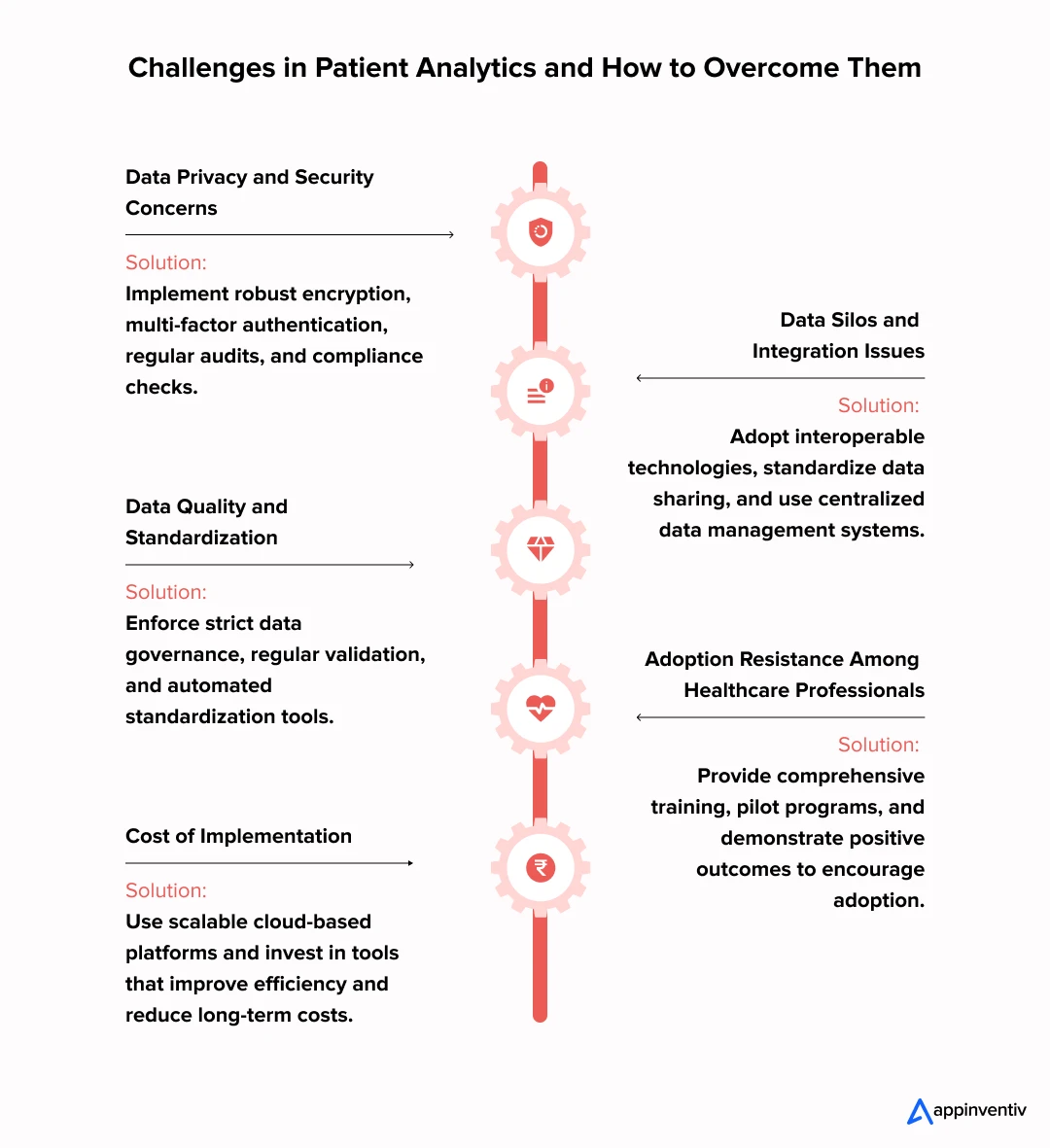
Data Privacy and Security Concerns
Challenge: Here’s the reality – as patient data analytics continues to explode in volume, protecting this incredibly sensitive information has become healthcare’s number one headache. Healthcare providers find themselves walking a tightrope, needing to comply with strict regulations like HIPAA while still extracting meaningful insights from patient data. When data breaches happen – and unfortunately, they do – the fallout is devastating. We’re talking about shattered patient trust, massive legal headaches, and reputational damage that can take years to repair.
Solution: The smart approach? Healthcare providers need to go all-in on bulletproof security measures. This means investing heavily in robust encryption protocols that make patient data virtually unreadable to unauthorized users, plus multi-layered authentication systems that create multiple checkpoints before anyone can access sensitive information. But here’s what many organizations miss – security isn’t a “set it and forget it” deal. Regular security audits and ongoing compliance checks are absolutely essential for staying ahead of evolving threats and maintaining that hard-earned patient trust.
[Also Read: A Complete Guide to Healthcare Compliances]
Data Silos and Integration Issues
Challenge: This might be the most frustrating challenge facing patient analytics for hospitals today. Picture this: you’ve got patient information scattered across different departments like puzzle pieces that don’t quite fit together. Many healthcare systems are still battling these data silos, which makes getting a complete picture of patient health nearly impossible. The truth is, patient analytics for healthcare providers can only deliver those game-changing insights when data from various departments and sources actually talk to each other seamlessly.
Solution: Breaking down these silos requires a strategic approach. Healthcare systems need to embrace interoperable technologies – think of them as universal translators that help different systems communicate effectively. Establishing clear standardization protocols for data sharing across departments is equally crucial. The real game-changer, though, is implementing a centralized data management system that brings everything together in real-time. When information flows freely between departments, decision-making becomes faster, more accurate, and significantly more effective.
Data Quality and Standardization
Challenge: There’s an old saying in data analytics: “garbage in, garbage out.” Patient data analytics faces this challenge head-on because the insights are only as reliable as the underlying data. When you’re dealing with inaccurate, incomplete, or inconsistent patient information, you’re essentially building your analysis on quicksand. The frustrating part is that healthcare providers often don’t realize their data quality issues until they’re already making decisions based on flawed insights. Without high-quality, consistent data, even the most sophisticated patient analytics solutions become expensive paperweights.
Solution: Addressing this requires a no-nonsense approach to data governance. Healthcare providers must establish strict data validation and cleaning protocols that catch errors before they contaminate the entire system. The smart money is on automated tools that can standardize patient data from multiple sources – these systems work around the clock to ensure consistency and accuracy across all analytics processes. Think of it as having a dedicated quality control team that never sleeps.
Adoption Resistance Among Healthcare Professionals
Challenge: Despite the advantages of patient analytics for healthcare providers, there’s still a surprising amount of pushback from healthcare professionals themselves. Many clinicians have spent years, even decades, perfecting their traditional diagnostic methods and naturally feel skeptical about trusting patient data analytics systems over their hard-earned clinical intuition. It’s not stubbornness – it’s human nature to stick with what’s worked in the past.
Solution: Breaking through this resistance takes patience and a strategic approach. The key lies in comprehensive training programs that don’t just explain how the technology works, but clearly demonstrate the tangible benefits of data-driven patient analytics in real-world scenarios. Creating pilot programs where staff can see positive outcomes firsthand works wonders for changing minds. When healthcare professionals witness how analytics can actually enhance rather than replace their clinical judgment, adoption becomes much smoother.
Cost of Implementation
Challenge: Let’s be honest – implementing patient analytics solutions isn’t cheap. The upfront costs can be staggering, especially for smaller healthcare providers who are already operating on tight budgets. Between acquiring cutting-edge technology, training staff, and maintaining new systems, the expense can feel overwhelming. Many organizations look at these price tags and wonder if they can afford NOT to implement analytics, but still struggle to justify the initial investment.
Solution: The trick is thinking strategically about implementation costs. Cloud-based analytics platforms like Google Cloud, Azure, or AWS offer scalable solutions that let healthcare providers start small and grow their capabilities over time. Instead of massive upfront investments, these platforms spread costs out more manageably. The real clincher? When you factor in the long-term savings from improved operational efficiency and reduced hospital readmissions, these analytics tools often pay for themselves within the first few years. It’s less about the initial cost and more about the long-term return on investment.
The Future of Patient Analytics for Healthcare Providers: Innovations and Emerging Trends
Looking ahead, patient analytics for healthcare providers is poised to experience groundbreaking advancements. Here are the key future trends and innovations in patient analytics that will redefine healthcare:
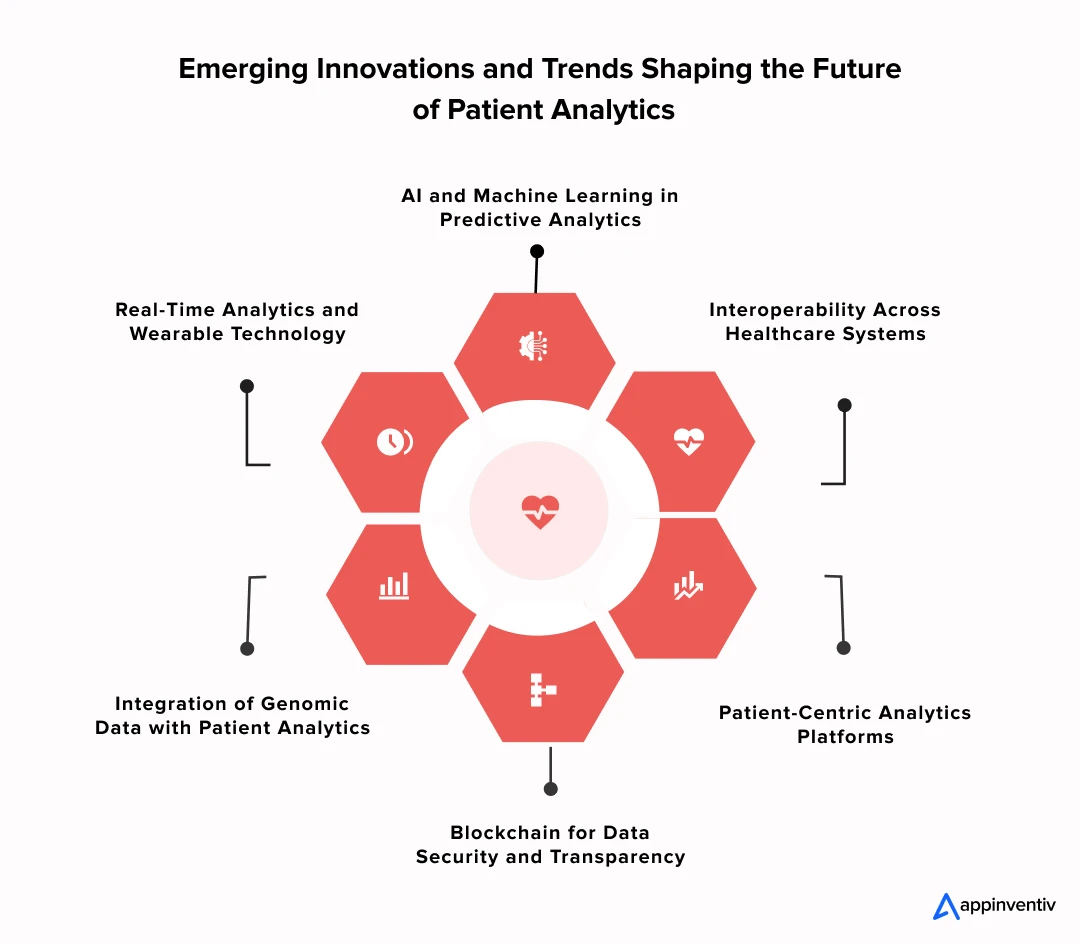
AI and Machine Learning in Predictive Analytics
The healthcare world is experiencing something remarkable right now – machine learning and AI are completely transforming how we approach patient data analytics. What’s truly exciting is how these technologies enable healthcare providers to predict patient outcomes with accuracy that seemed impossible just a few years ago.
Picture this: AI-driven models can now sift through enormous datasets, spotting patterns that human eyes might miss, and actually predict potential health issues before they become serious problems. The recommendations these systems provide for proactive interventions are becoming incredibly sophisticated. Looking ahead, the future of patient analytics services will become increasingly dependent on these intelligent technologies to deliver truly patient-centric analytics that can adapt and learn.
[Also Read: Why Your Business Should Turn to Healthcare AI Consulting – Key Benefits and Use Cases]
Real-Time Analytics and Wearable Technology
Here’s where things get really interesting – patient analytics for healthcare providers is rapidly shifting toward real-time data analysis, and wearables are leading this charge. Think about it: these small devices are continuously collecting health data, and when combined with powerful analytics, they’re enabling healthcare providers to make immediate, evidence-based decisions that can literally save lives.
The beauty of this approach lies in its proactive nature – instead of waiting for problems to develop, providers can intervene the moment something looks concerning. This represents a fundamental shift toward data-driven patient analytics that’s both proactive and incredibly personalized, delivering patient-centric analytics as events unfold in real time.
Integration of Genomic Data with Patient Analytics
Genomics and precision medicine are gaining serious momentum, and healthcare providers are starting to weave genomic data into their patient analytics solutions in fascinating ways. This integration opens up possibilities we’ve never had before – imagine understanding the genetic factors that influence a patient’s health at such a granular level that treatment plans become truly individualized.
When you combine traditional patient data analytics with genomic insights, the predictive models become remarkably more accurate. The end result? Healthcare that’s tailored not just to symptoms, but to each patient’s unique genetic makeup, leading to significantly better outcomes
Blockchain for Data Security and Transparency
With growing anxiety around patient data analytics security, blockchain technology is emerging as a potential game-changer for healthcare data management. What makes blockchain particularly appealing is its ability to let healthcare providers store and share patient analytics solutions in a decentralized, transparent way that maintains both security and patient privacy.
The technology offers a promising path toward HIPAA compliance while still enabling the data sharing that’s essential for comprehensive care. This innovation in patient analytics could usher in a completely new era of secure, trusted data sharing that addresses many of the security concerns that keep healthcare administrators up at night.
Patient-Centric Analytics Platforms
The future of patient analytics for hospitals is moving toward something really empowering – platforms that put patients directly in the driver’s seat of their own care. These patient-centric analytics platforms are designed to give patients direct access to their health data, enabling them to track their progress and make informed decisions about their treatment.
This shift represents more than just a technological upgrade; it’s a fundamental change in how healthcare relationships work. When patients become active participants rather than passive recipients of care, engagement naturally improves, and patient analytics for patient care becomes more effective at fostering better health outcomes.
Interoperability Across Healthcare Systems
Data interoperability is positioned to become the foundation of effective patient analytics in healthcare. The ability to seamlessly exchange patient information across different platforms and systems will finally eliminate those frustrating data silos that have hindered comprehensive care for so long.
Future patient analytics solutions are being designed with interoperability as a core feature, not an afterthought. This means healthcare providers will finally have that unified view of patient data they’ve been seeking, enabling more informed decision-making and more coordinated care across specialties and institutions.
Why Appinventiv is the Ideal Partner for Leveraging Patient Analytics in Healthcare
Throughout this exploration, we’ve covered how patient analytics for healthcare providers is fundamentally reshaping the healthcare landscape. From predictive analytics that make personalized treatment plans possible to real-time monitoring systems that enable truly proactive care, the transformative power of data-driven patient analytics is revolutionizing how healthcare gets delivered every single day.
As a specialized data analytics services provider, we’ve built our reputation around healthcare mobile app development services that seamlessly integrate advanced patient analytics solutions into existing healthcare systems. Our approach enables providers to make smarter, data-driven decisions that actually improve patient outcomes. What sets us apart is how we help healthcare organizations unlock the full potential of patient data analytics by delivering solutions that are specifically tailored to address both patient care improvements and operational workflow optimization.
Here’s exactly how Appinventiv can transform your approach to patient analytics for healthcare providers:
- Personalized Patient Care: We develop sophisticated predictive analytics tools that empower healthcare providers to create truly individualized treatment plans based on real-time patient data. The result? Better health outcomes and significantly enhanced patient experiences that patients actually notice and appreciate.
- Operational Efficiency: Our solutions provide actionable insights that streamline healthcare processes, eliminate inefficiencies, and reduce operational costs through smarter resource allocation and more informed decision-making. We focus on improvements that impact your bottom line while enhancing patient care.
- Compliance and Security: Data privacy isn’t just a priority for us – it’s foundational to everything we build. Our patient analytics solutions are designed from the ground up to meet regulatory standards like HIPAA, ensuring that sensitive patient data is handled securely and in full compliance with industry regulations.
- Proactive Healthcare: As a leading healthcare IT consulting services provider, we implement real-time analytics capabilities that enable healthcare providers to monitor patients continuously, detect potential health issues early, and intervene before minor concerns escalate into serious medical conditions.
Partnering with Appinventiv means you’re equipping your healthcare organization with the tools to drive proactive care, improve clinical decision-making, and maintain operational efficiency—all while delivering a more personalized experience for your patients.
FAQs
Q. How do healthcare providers use patient data analytics?
A. Patient analytics for healthcare providers has become a powerful tool for gaining deeper insights into patient health, optimizing treatment approaches, and dramatically improving operational efficiency. Healthcare organizations are discovering innovative ways to leverage the benefits of patient analytics in their daily operations:
- Personalizing care plans: When healthcare providers dive into historical data and identify meaningful trends, they can craft treatment plans that are genuinely tailored to each individual patient. This personalized approach consistently leads to improved outcomes because treatments align with each patient’s unique health profile and circumstances.
- Predicting health risks: Predictive analytics models have become incredibly sophisticated at identifying patients who might be at risk of developing certain conditions before symptoms even appear. This early warning system enables healthcare teams to step in with preventive measures and interventions that can literally change the trajectory of a patient’s health.
- Enhancing decision-making: Real-time analytics now power clinical decision support systems (CDSS) that act like knowledgeable consultants, providing healthcare providers with evidence-based recommendations right when they need them most. This support helps clinicians make more informed decisions with greater confidence.
- Improving operational efficiency: By analyzing how patients move through the healthcare system and how resources get utilized, hospitals can identify bottlenecks, reduce frustrating waiting times, and optimize staffing levels to ensure patients get the right care at the right time.
Q. How can data improve care plans in hospitals?
A. Data has become absolutely essential for refining and optimizing care plans in hospitals, transforming them from generic protocols into personalized, highly effective treatment strategies. Here’s how this transformation happens:
- Identifying health trends: When hospitals analyze patient data systematically, they start noticing recurring health patterns that might otherwise go undetected. These insights directly inform the development of more targeted, effective care plans that address common issues before they become serious problems.
- Monitoring patient progress: The combination of wearable devices and real-time analytics has revolutionized how healthcare providers track patient progress. Instead of waiting for scheduled check-ups, providers can now monitor recovery continuously and adjust care plans immediately when needed, leading to more responsive, adaptive treatment.
- Optimizing resources: Data analysis helps ensure that medical staff and critical resources end up exactly where they’re needed most. This strategic allocation reduces those frustrating bottlenecks that patients often experience while simultaneously enhancing the overall quality of care delivery.
- Enhancing treatment outcomes: When healthcare providers integrate clinical data with real-time insights, they can fine-tune treatments with precision that wasn’t possible before. This data-driven approach to treatment adjustment consistently results in better patient outcomes and faster recovery times.
Q. How can hospitals improve patient experience using data analysis technology?
A. Data analysis technology has opened up remarkable opportunities for hospitals to make healthcare services more personalized, efficient, and genuinely accessible to patients. The impact on patient experience has been transformative:
- Personalized communication: Hospitals can now use patient data to create communication that feels relevant and helpful rather than generic. This includes perfectly timed appointment reminders, personalized health updates, and educational content that actually applies to each patient’s specific situation and interests.
- Reducing wait times: By carefully analyzing patient flow patterns and appointment scheduling data, hospitals can identify peak times, predict bottlenecks, and optimize scheduling to minimize those dreaded waiting room delays. The result? Significantly improved patient satisfaction and a smoother healthcare experience.
- Streamlining the discharge process: Data analysis has revolutionized discharge planning by ensuring patients receive clear, personalized instructions about their post-care needs. This leads to smoother transitions from hospital to home, reduced readmissions, and patients who feel more confident about managing their recovery.
Tracking patient feedback: Modern hospitals use data from patient surveys and feedback systems to continuously improve their services and address concerns quickly. This creates a feedback loop where patient voices directly influence service improvements, making healthcare more responsive to actual patient needs.


- In just 2 mins you will get a response
- Your idea is 100% protected by our Non Disclosure Agreement.

How Prescriptive Analytics Is Shaping the Future of Healthcare Management
A healthcare business doesn’t fall behind because its teams lack skill. It falls behind when decisions take too long. Bed allocation runs on yesterday’s data. Procurement reacts only when shortages hit. Care managers step in after a patient is already at risk. And leadership gets a picture of what’s happening only after the quarter closes,…
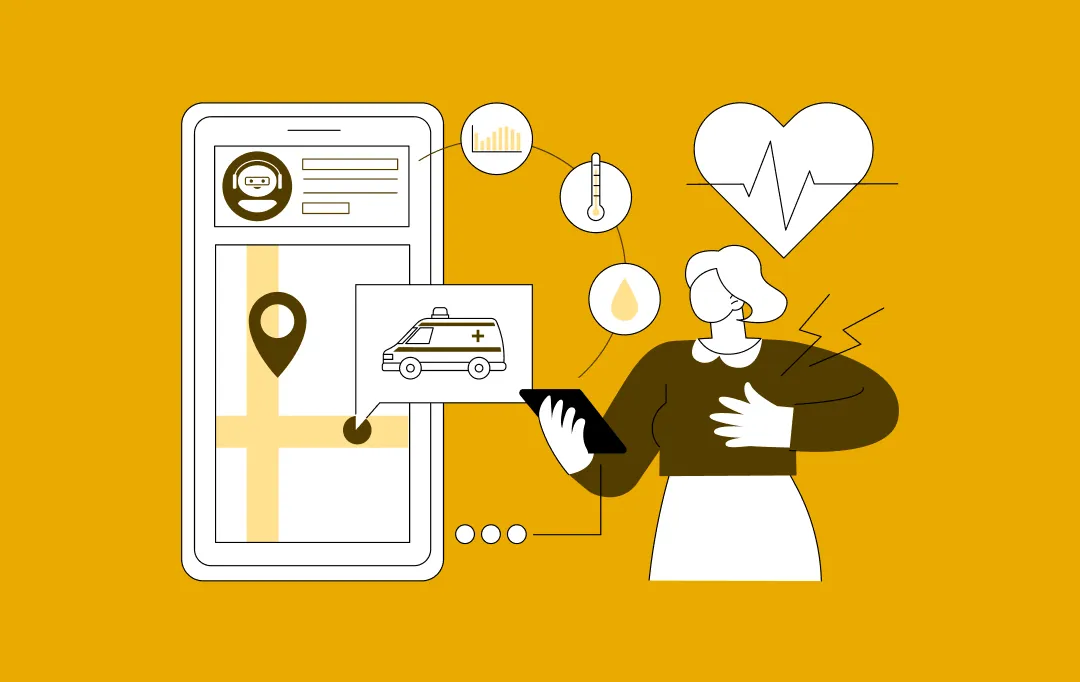
How to Build an Urgent Care App? A Step-by-Step Process, Features and Costs
Key takeaways: With more people turning to digital healthcare, the urgent care app market is expected to touch $3.1 billion by 2024 and continue growing fast through 2030. Apps that offer easy scheduling, video consultations, EHR access, and quick insurance handling tend to attract more users and keep them coming back. Developing an urgent care…

Why Healthcare Needs Speech Recognition Software and How to Build It Right?
Key Takeaways Speech recognition in healthcare is expected to grow to $3.16 million by 2030. It's now needed for competitive positioning and lasting patient care delivery. Real setups show 99% documentation accuracy, 60% faster response times, and 30-45% less documentation time. The systematic approach to implementing speech recognition software in healthcare includes requirements analysis, feature…








